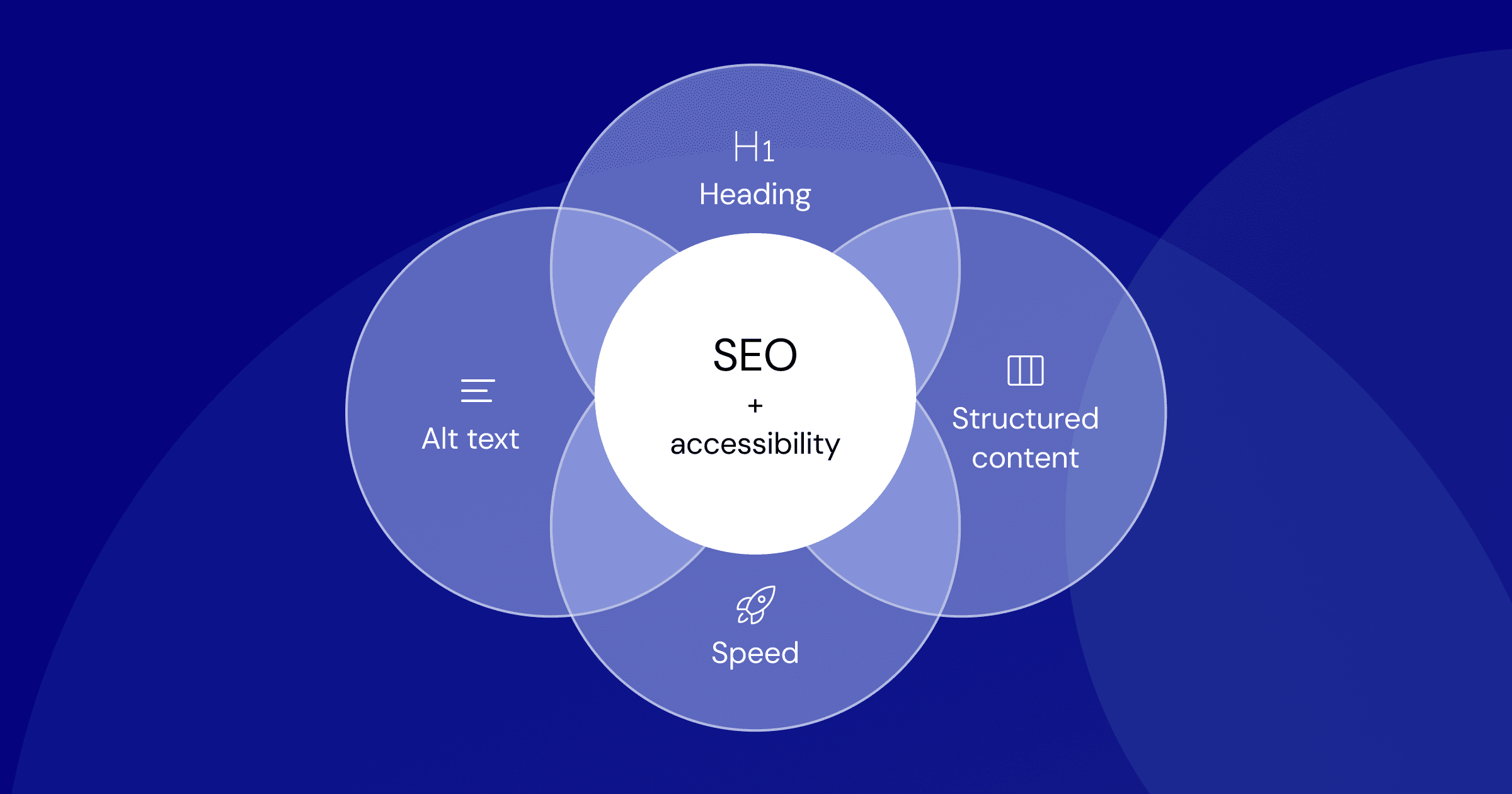Smartly Data Reveals How AI and Cross-Channel Intelligence Are Reshaping Marketing
By Victoria Sterling • November 13, 2025 • 8 min read • 132 views

The 92% AI Transformation: What's Really Happening
Smartly just dropped their 2026 Digital Trends Report, and the headline is crystal clear: 92% of marketers say AI is transforming engagement. This isn't just another survey collecting dust on a shelf. This is real-time data from the frontlines of digital advertising.
What makes this particularly significant is the emphasis on video and CTV strategies as primary competitive advantages. We're seeing a fundamental shift in how brands think about multi-channel intelligence. No longer is it enough to optimize individual platforms in isolation.
Cross-Channel Intelligence: Beyond Platform Silos
The report highlights an interesting evolution in how marketers approach what Smartly calls "cross-channel intelligence." Instead of treating Instagram, TikTok, YouTube, and CTV as separate battlegrounds, brands are now leveraging AI to understand how these platforms interconnect and amplify each other's strengths.
The traditional approach of creating content for each platform has become increasingly costly and less effective. With AI handling the heavy lifting of optimization, brands can finally think bigger picture about their video-first strategies across connected television and mobile platforms.
Why 2026 Matters for AI-Driven Marketing
The timing of this report is crucial. We're looking at 2026 as a transformative year for AI in advertising, particularly in three key areas:
1. Creative Automation and Scaling
Smartly's platform demonstrates how AI can handle creative variations across different platforms without losing brand consistency. This addresses one of advertising's biggest challenges: scaling creative production to match the pace of social media demand.
2. Performance Intelligence
The cross-channel insights are particularly compelling. Rather than just reporting what happened, AI is now predicting what will work across platforms before campaigns even launch. This kind of predictive capability is becoming the differentiator between brands that are growing and those that are fading.
3. Video-First Engagement Strategies
The shift toward video and CTV as primary engagement tools reflects a broader consumer behavior change. Audiences expect immersive, high-quality content experiences, and AI is making these scalable across platforms.
What This Means for Your Marketing Team
If your brand hasn't begun integrating AI tools into your advertising workflow, you're not just behind – you're potentially missing the biggest opportunity in modern marketing. The data suggests 92% of peers already see these tools as engagement game-changers.
The competitive advantages aren't just about efficiency. AI-driven insights are revealing patterns in consumer behavior that were previously invisible to traditional analytics. Teams are reporting better campaign results with lower overall spend.
The shift toward video and CTV strategies signals another important evolution: marketers are recognizing that engagement happens differently across platforms, and the tools need to reflect those nuanced approaches.
Looking Ahead: Your 2026 Marketing Strategy
The real question isn't whether to adopt AI in advertising – the data shows that's becoming table stakes. The strategic focus should be on building genuine multi-platform intelligence capabilities that go beyond simple automation.
Watch for brands who can balance AI efficiency with human creative direction, because that combination will drive the next wave of advertising innovation and set new standards for digital engagement across all platforms.
The Smartly report suggests AI isn't replacing advertising professionals – it's amplifying their capabilities and freeing them to focus on strategic thinking, creative direction, and brand building at scale. For marketing teams preparing for 2026, this intelligence revolution is already here.
Tagged with:
About Victoria Sterling
Digital strategy analyst covering AI's impact on marketing and advertising innovation. With 8 years tracking enterprise automation trends, she helps brands navigate strategic transformation in digital advertising.
